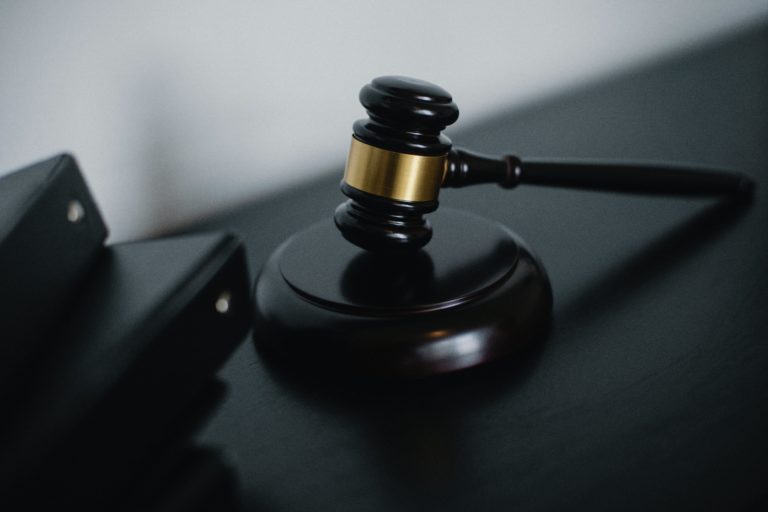
Is the Pandemic Motivating People to Do Estate Planning?
A survey from Policygenius, an online insurance marketplace, found that most people (60.4%) didn’t have a will, but that may be about to change. Nearly 40% of survey respondents (39.7%) said they feel it’s more important to get a will because of the pandemic.
PR Newswire’s recent article entitled “Policygenius survey finds Americans with misconceptions about estate planning” reports that many respondents also held misconceptions about the estate planning process, which may a reason they avoid it.
The survey found that more than one in five respondents (22.8%) who think getting a will is too expensive overestimated the cost by hundreds or even thousands of dollars.
A total of 48.2% incorrectly thought that their possessions would automatically pass to their spouse, if they died without a will. That may suggest that people may not be creating wills because they think they don’t need them.
There were 24.1% respondents who said that they don’t have a will because they haven’t had time to put one together, and more than half of those respondents (62%) were parents.
The survey also found that respondents prioritized family, with more than a third of them (35.9%) saying that having a child is the most important life event for someone, if they want to create a will. About two-thirds (65.5%) said that making the process of inheritance as easy as possible is one of their top three important issues, when getting a will.
Just 39.3% knew that if someone passes away without a will, a court will determine who gets their assets.
The Policygenius survey is based on responses from a nationally representative sample of 2,689 Americans ages 25 and over. It was conducted by SurveyMonkey from July 16 through July 17, 2020.
Ask an experienced estate planning attorney about a will and a comprehensive estate plan.
Reference: PR Newswire (Dec. 2, 2020) “Policygenius survey finds Americans with misconceptions about estate planning”









